St Elizabeth's Cathedral
If you find yourself perusing a list of churches and cathedrals in Slovakia, St. Elizabeth’s Cathedral in Košice is likely going to feature rather heavily. The largest church in the country and the easternmost Gothic cathedral in Slovakia, this is numero uno attraction in this quite magnificent city. Completed in 1508, it took a whopping 130 years to build but it isn’t difficult to see why. The exterior is magnificently detailed, all intricate vaults and Gothic spires giving it the look of a Gothic cathedral in its most developed form, but the true magic awaits inside. More than 10 altars dot the inside of this beaut, the main altar itself consisting of 48 complicated paintings that move through three cycles to create one fantastic whole. This is the number one attraction in the city and for good reason.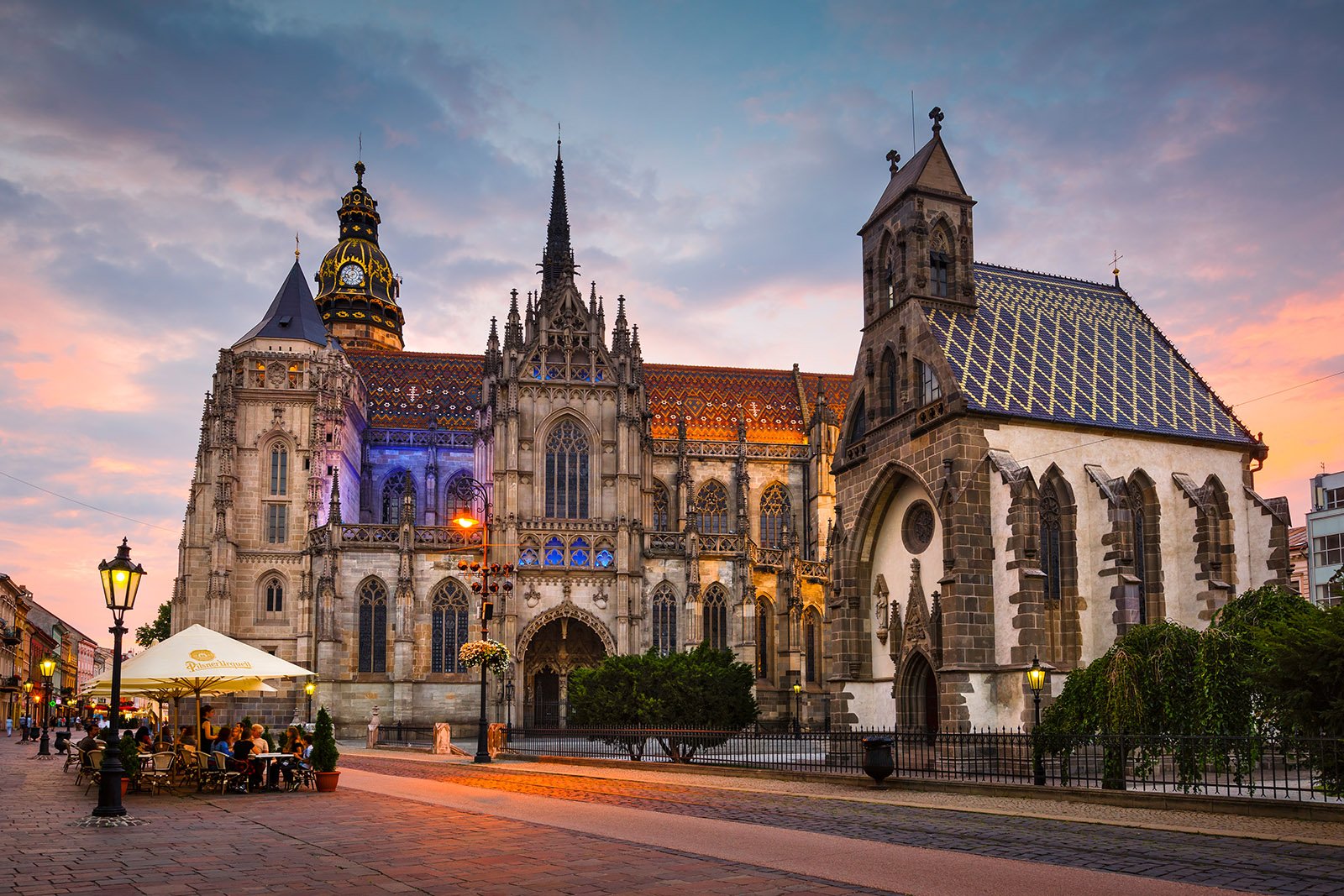
Jakab Palace
To some, it is a shadow of its former glories. To others, us included, it remains the most graceful building in Košice and undoubtedly one of its most Instagrammable. The Jakab Palace sits at the edge of the city park and is instantaneously arresting, a striking Neo-Gothic mansion that could house the rich and famous of Košice, except it never really did. It was here that Peter Jakob lived, a local builder responsible for the National Theatre. Okay, ‘local builder’ probably isn’t a glowing enough adjective for Mr. Jakab.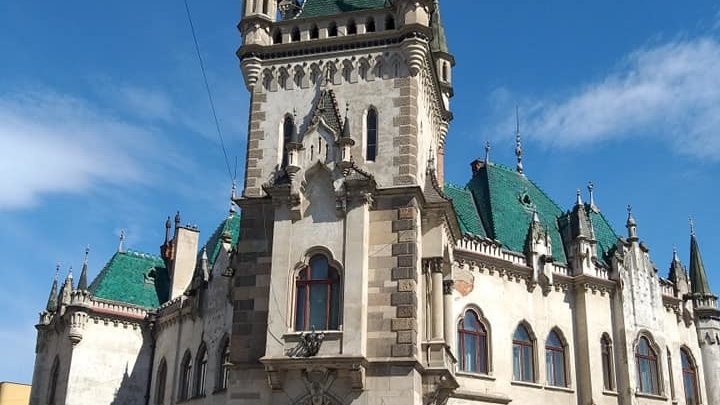
St Michael Chapel
It might be a little overshadowed (literally and figuratively) by its massive neighbour, but the city centre St Michael Chapel deserves plenty of attention of its own. This old cemetery chapel has been around since the 14th century and holds a special place in the hearts of the Košice natives — this has always been a Slovak church, as opposed to the German and Hungarian tenures its neighbour went through. The chapel was renovated at the beginning of the 21st century and is all the better for it, adding a new sheen to its history and influence.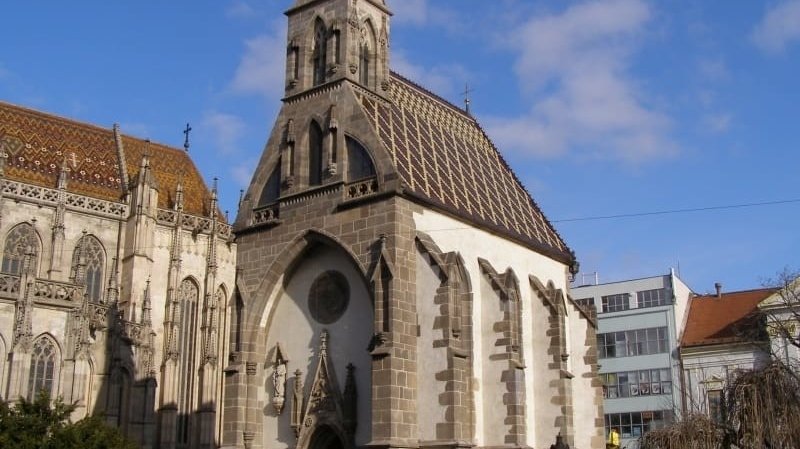
Mikluš Prison
Who doesn’t love visiting prison on their holidays? We meant this in the touristic sense of course, not in the ‘Banged Up Abroad’ sort of way. Besides, the Mikluš Prison hasn’t functioned as the slammer for many years, instead presenting itself as one of the most fascinating museums in the summer. See the old cells, how the condemned (guilty or not) were executed as well as checking out a display of executioner’s swords. This is a grisly piece of history that will intrigue and terrify in equal measure, depending on how empathetic you are. The interesting architectural history of this part of this town is also explored.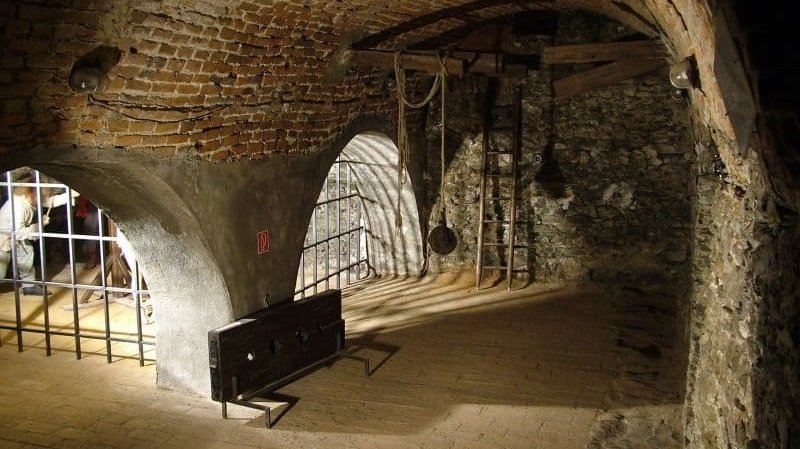
State Theatre
Hlavna really is a conveyer belt of beauties, isn’t it? Next up is the State Theatre, one of the most remarkable pieces of theatrical architecture in Slovakia, a stunner of a buildings whose exterior is beaten only by the intricacy of its interior. The works of Shakespeare light up the ceiling, albeit lighting it up with plenty of the tragedies that made Big Bad Bill famous, as a bevy of ornaments add flavour all and around. The schedule of events is among the best in town, so keep a keen eye on the itinerary and see if anything takes your fancy.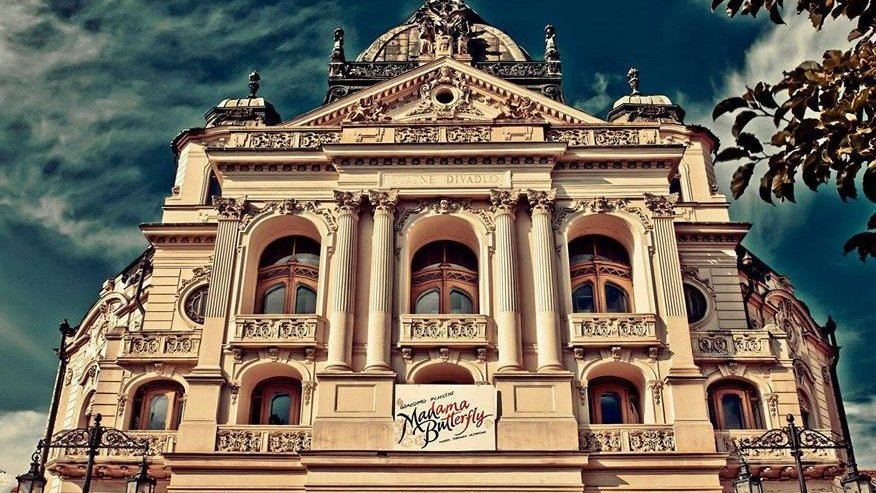
St Urban Tower
A mighty bastion in the very centre of Hlavna, the St Urban Tower started life as a Gothic bell tower way back in the 14th century, its bell dedicated to the patron of vine-dressers (a very important skill, to be sure). The tower is an intriguing piece of architecture, as much because of what it was as what it is, a hulking campanile that has seen all the good and the bad that has enveloped Košice over the centuries. The illustrations towards its roof are particularly interesting, and it remains an important landmark in the centre of the town.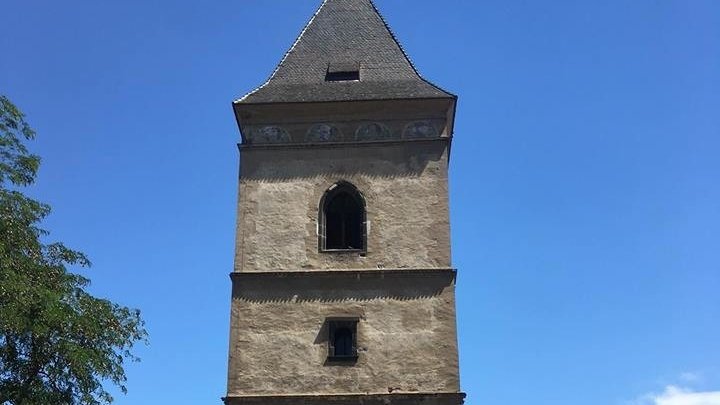
Beggars House
It doesn’t sound particularly inviting, but be sure to give the Beggars House in Košice a good look. Another excellent piece of architecture in a city full of the stuff, this Art Nouveau was supposedly built with the alms collected by a beggar back in the day, a far cry from the reality of beggars today. The statue on the roof is the highlight, as a cheery man doffs his cap at all the suckers who helped finance his stately home. The humour may be a little dark for some (not for us), but the building itself is a cracker.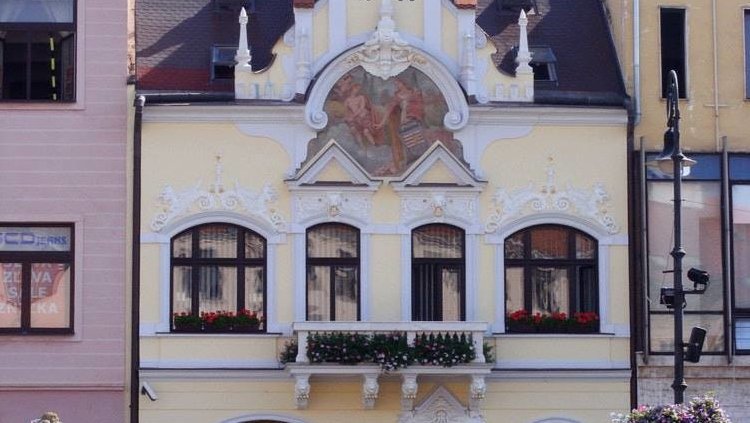
Immaculata
We won’t beat around the bush — the plague sucked. An understatement? Sure, but only because it is impossible for us to fathom just how miserable that famous epidemic was. But hey, it gave us striking monuments like the Plague Tower in Košice, a column by the name of Immaculate. It sits in the centre of town on the spot where the old gallows were located, as if it wasn’t grim enough already. The design is extremely curious, Virgin Mary at the top was a mass of quite unsettling babies reach up for her. A group of saints play protect at the base.
Lower Gate
Enter Hlavna in the centre of Košice and you’ll notice some interesting structures below your feet. What could they be? Well, the title of this entry is a bit of a giveaway, as this is the Lower Gate of the city from back in the 13th century. This was the original gateway to the town and it remains an awe-inspiring sight today, as parts of the original set-up remain. These fortifications lay hidden for many years, only being discovered when Hlavna went under heavy reconstruction in 1996. The wine festival takes place here, and we can’t think of a better spot.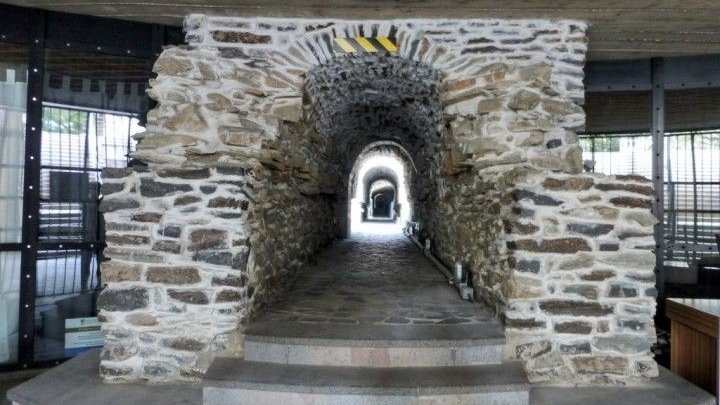
East Slovak Museum
Košice is the de facto capital of East Slovakia, so it is no great shock to find the definitive East Slovak Museum in this marvellous city. Speaking of ‘marvellous’, the building in which the museum is housed is worth a bit of appreciation in itself, a Neo-Renaissance piece of wonder that was completed in the early part of the 20th century, the first building in town built to be used specifically as a museum. And what a museum, as everything you need to know about this part of the world awaits inside. Many museums and exhibitions in the city come under the museum’s umbrella, including the Executioner’s Basion and the Francis II Rákócski memorial house.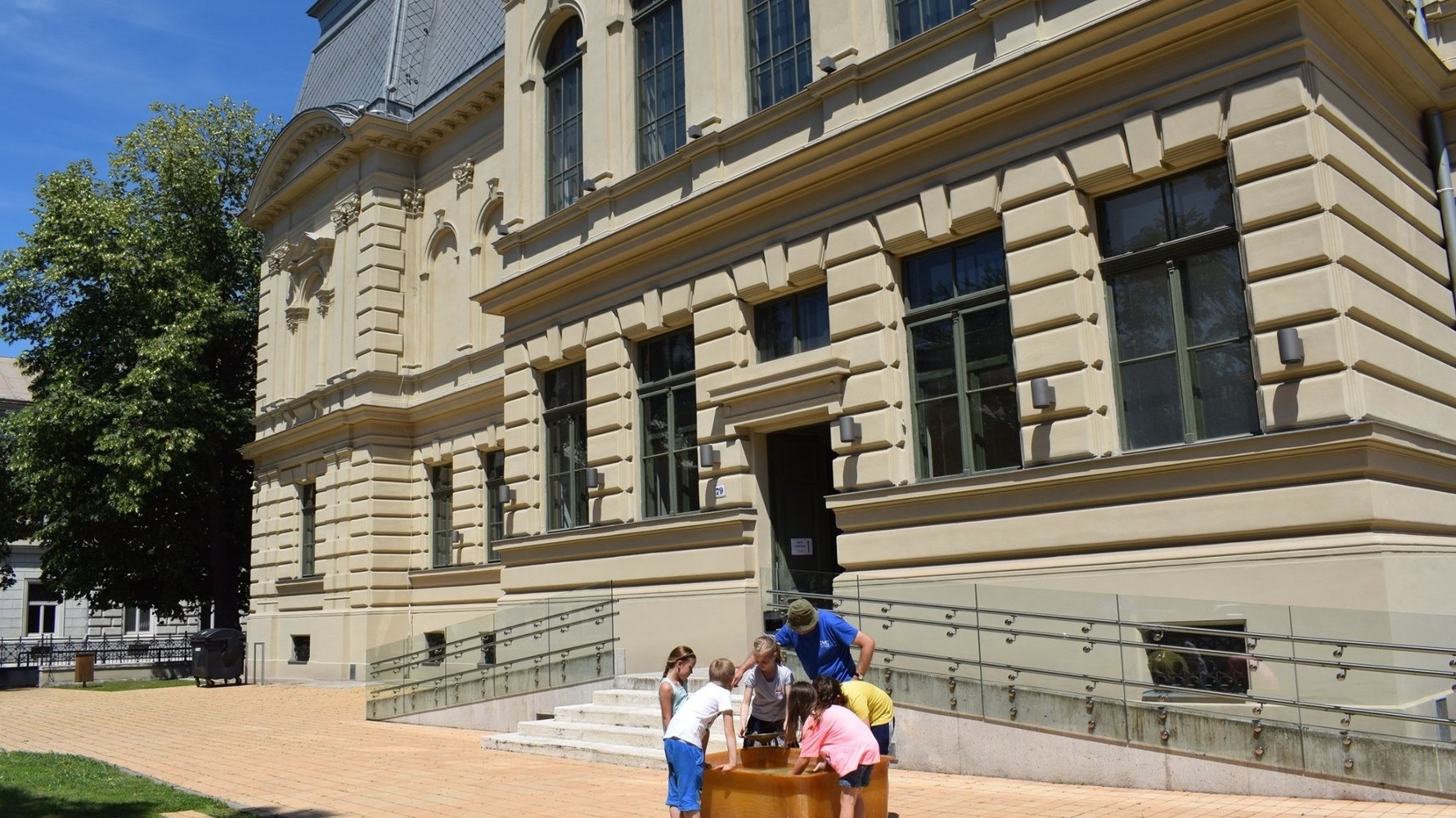


Comments